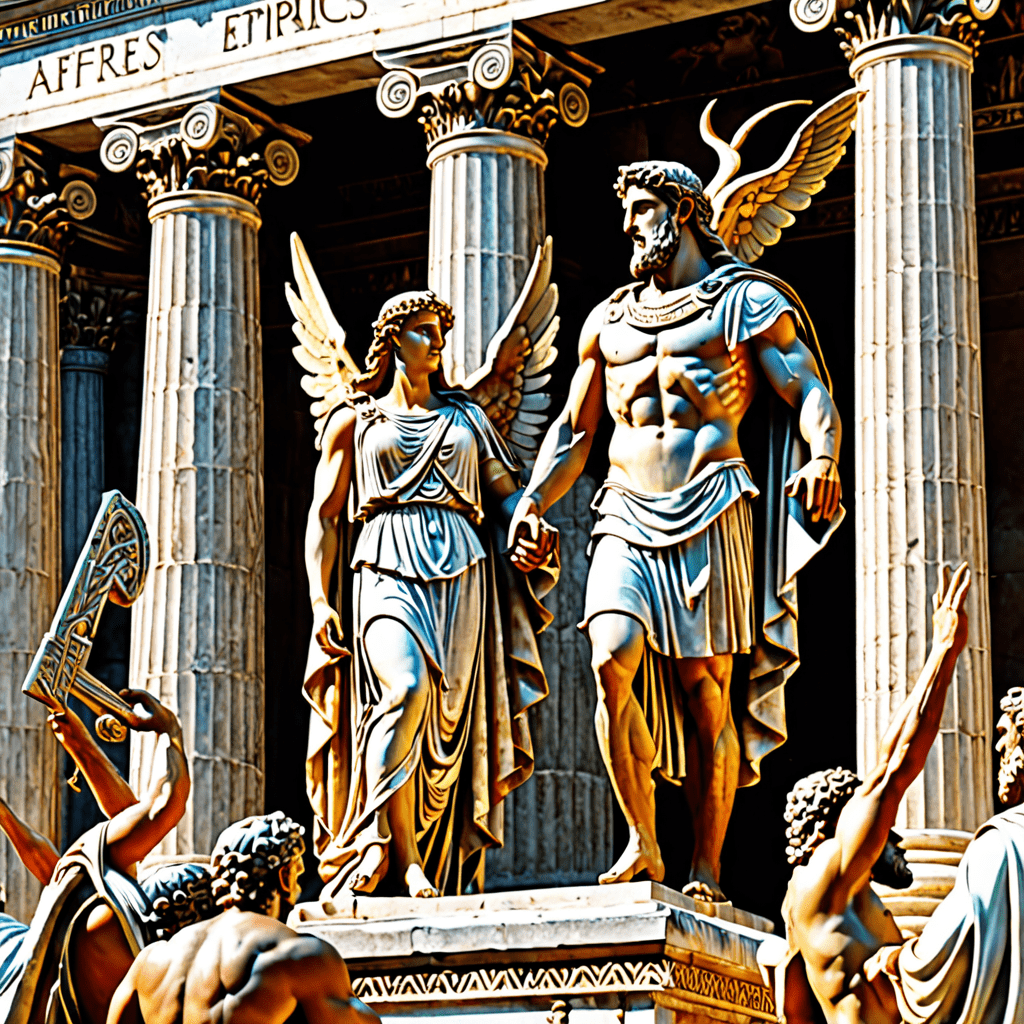1. Introduction to Slavic Mythology and its Cultural Significance
Slavic mythology, rooted in ancient traditions and beliefs, has played an integral role in shaping the cultural identity of Slavic nations. Its influence extends far beyond folklore, permeating various aspects of Slavic culture, including traditional clothing. This rich mythology, with its pantheon of deities, intricate rituals, and profound symbolism, has left an indelible mark on the clothing traditions of Slavic peoples.
2. The Role of Slavic Mythology in Shaping Clothing Traditions
Slavic mythology is deeply interwoven with the concept of cosmic order and harmony. Clothing, adorned with symbolic motifs and imbued with ritualistic significance, reflects this interconnectedness between the mundane and the supernatural. Ancient Slavic beliefs attributed special powers to certain garments and fabrics, bestowing protection, fertility, and well-being upon their wearers.
3. Symbolic Embroidered Motifs and their Mythology-Based Origins
Embroidered motifs, meticulously stitched onto Slavic garments, serve as visual narratives of mythological tales and beliefs. These intricate designs often depict ancient Slavic deities, spirits, and symbols of nature. Each motif carries a specific meaning and purpose, rooted in the rich mythology of the region. From the thunderbolts of Perun to the protective wings of the Firebird, these embroidered motifs connect the wearer to the realm of the divine.
4. Ritualistic Elements in Traditional Clothing: Garments for Ceremonies
Slavic mythology heavily influenced the use of specific garments during rituals and ceremonies. Traditional clothing often incorporated ritualistic elements, such as protective amulets and sacred symbols. For example, brides wore elaborate headdresses adorned with charms to ward off evil spirits and ensure a prosperous marriage. Funeral garments, on the other hand, were believed to guide the deceased's soul to the afterlife.
5. Zoomorphic and Anthropomorphic Influences: Clothi
6. Deities and Supernatural Beings Depicted on Clothing
Slavic mythology found vivid expression in the depiction of deities and supernatural beings on clothing. Embroidered or painted images of gods, such as Perun, Veles, and Mokosh, adorned garments, invoking their protection and favor. Supernatural creatures, like the Rusalka (water nymph) and the Leshy (forest spirit), also featured prominently, symbolizing the interconnectedness between the natural and supernatural realms.
7. Slavic Clothing as a Reflection of Nature Worship
Slavic mythology deeply revered nature, and this reverence was reflected in traditional clothing. Garments often incorporated natural elements, such as trees, flowers, and animals. Embroidery motifs depicted scenes of forests, rivers, and mountains, embodying the belief in the sacredness of the natural world. Clothing adorned with these motifs served as a connection to the divine forces that governed the environment.
8. The Impact of Mythology on the Evolution of Clothing Styles
The influence of Slavic mythology extended to the evolution of clothing styles over time. Traditional garments adapted to changing societal norms while retaining their mythological symbolism. For instance, elaborate headdresses worn by married women gradually evolved into more practical but still adorned with protective motifs. Similarly, ritualistic garments used in ceremonies became more decorative and accessible for everyday wear.
9. Preserving Slavic Heritage through Traditional Clothing
Traditional Slavic clothing remains a vital expression of cultural heritage. In many regions, traditional garments are worn during festivals, ceremonies, and special occasions. Preserving these clothing traditions not only showcases the vibrant mythology of the past but also fosters a sense of cultural identity and continuity. Museums and cultural organizations play a crucial role in safeguarding and promoting traditional Slavic clothing, ensuring its legacy for future generations.
10. Conclusion: Slavic Mythology as an Enduring Influence on Clothing Traditions
Slavic mythology, with its rich tapestry of deities, beliefs, and symbols, has profoundly shaped the clothing traditions of Slavic peoples. Embroidered motifs, ritualistic garments, and depictions of mythological figures on clothing serve as tangible reminders of the deep interconnectedness between the natural and supernatural realms. As a reflection of cultural identity, Slavic clothing continues to evolve while preserving its mythological essence. The enduring influence of Slavic mythology on clothing traditions is a testament to the enduring power of cultural heritage and the profound connection between the human experience and the realm of the divine.
FAQs
Q: What are some common symbols found in Slavic mythology?
A: Common symbols include the thunderbolts of Perun, the protective wings of the Firebird, and the tree of life, representing the cosmic order and harmony.
Q: How were protective amulets incorporated into clothing?
A: Amulets with symbols of deities or protective runes were sewn into garments, often hidden in pockets or hems, to ward off evil spirits and bring good fortune.
Q: What materials were used in traditional Slavic clothing?
A: Natural materials were predominantly used, such as linen, wool, and hemp. Embroidered decorations often featured silk or cotton threads for added vibrancy.
Q: How has Slavic mythology influenced contemporary clothing design?
A: Contemporary designers draw inspiration from traditional motifs, incorporating stylized symbols and patterns into modern garments, preserving the mythological heritage while adapting to current fashion trends.




